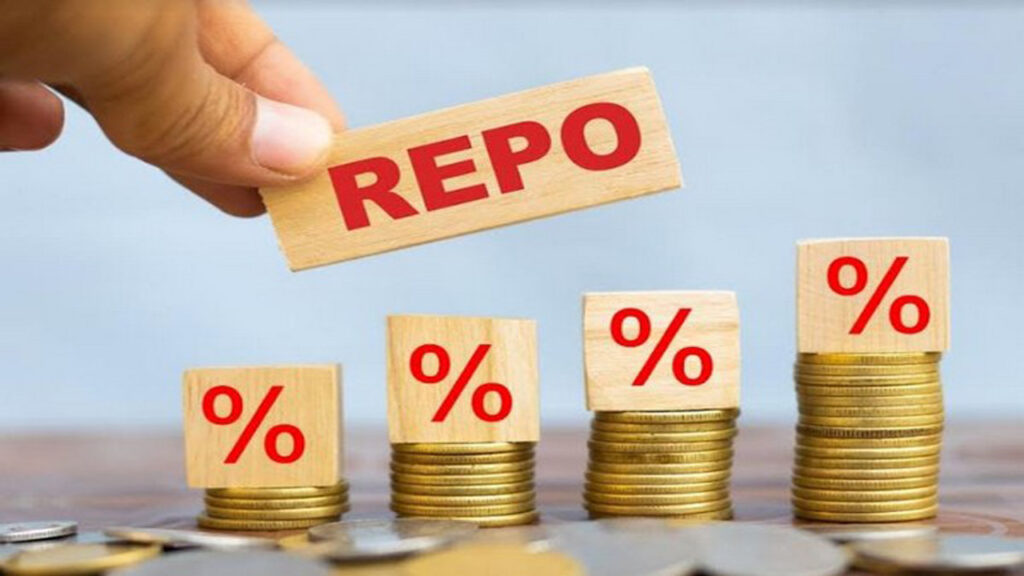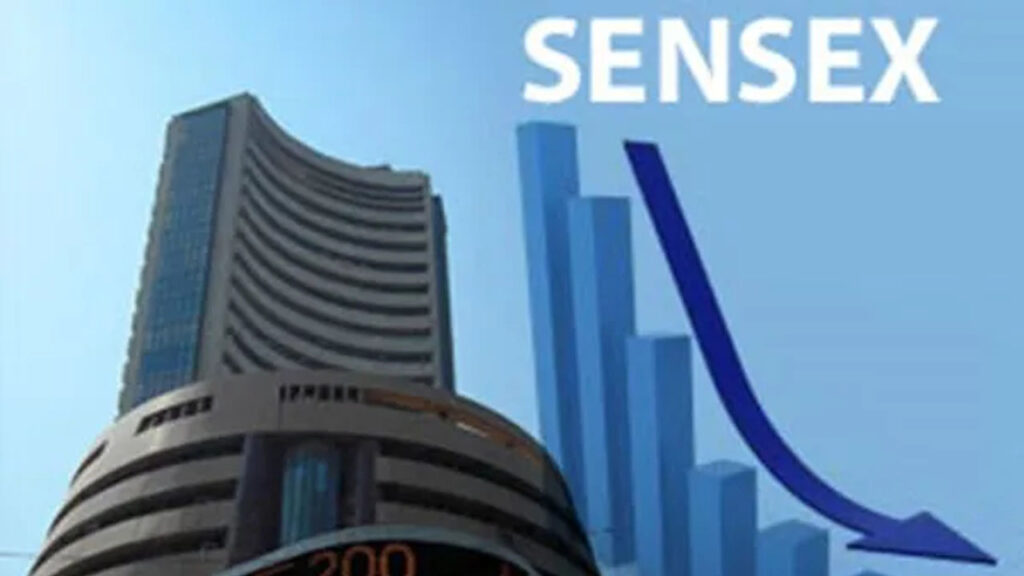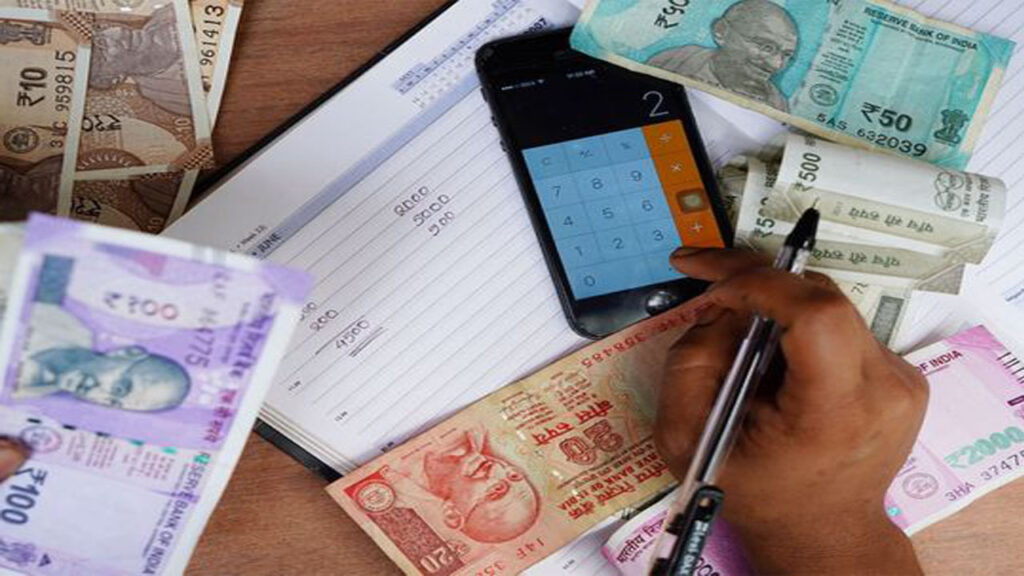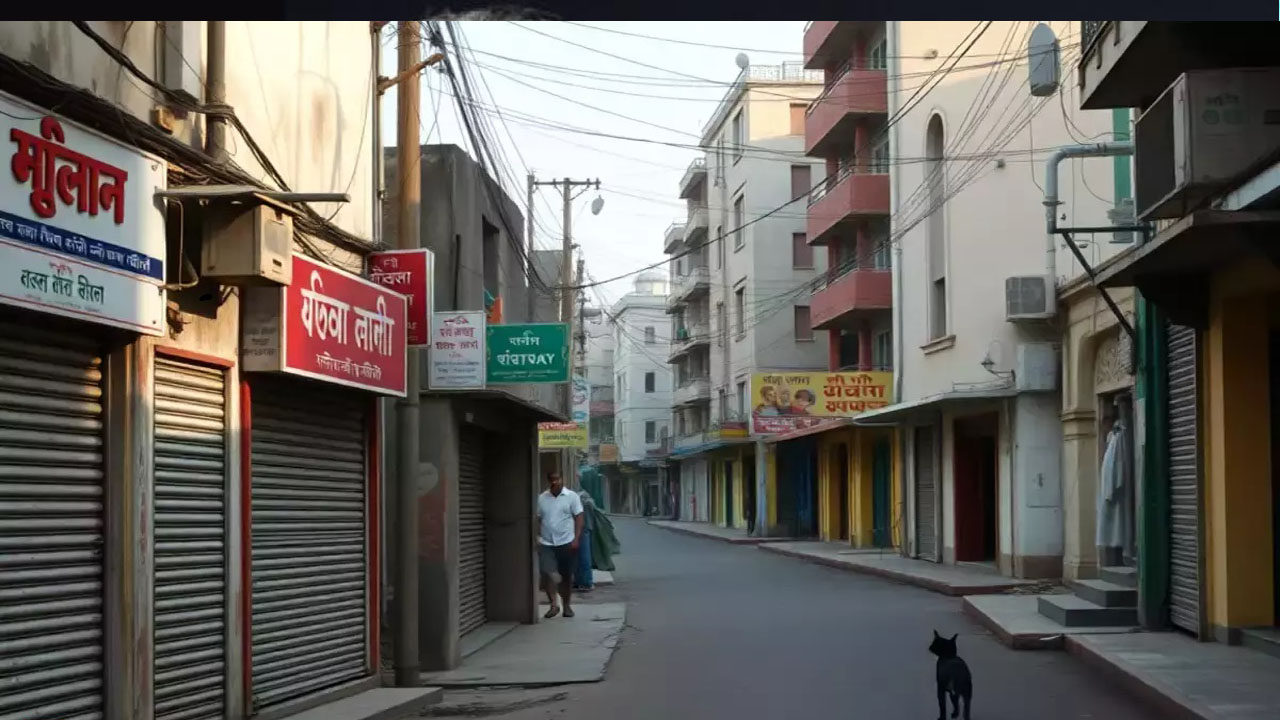Now Reading: RBI Monetary Policy: Nomura Predicts Repo Rate and CRR Cuts on December 6
-
01
RBI Monetary Policy: Nomura Predicts Repo Rate and CRR Cuts on December 6
RBI Monetary Policy: Nomura Predicts Repo Rate and CRR Cuts on December 6
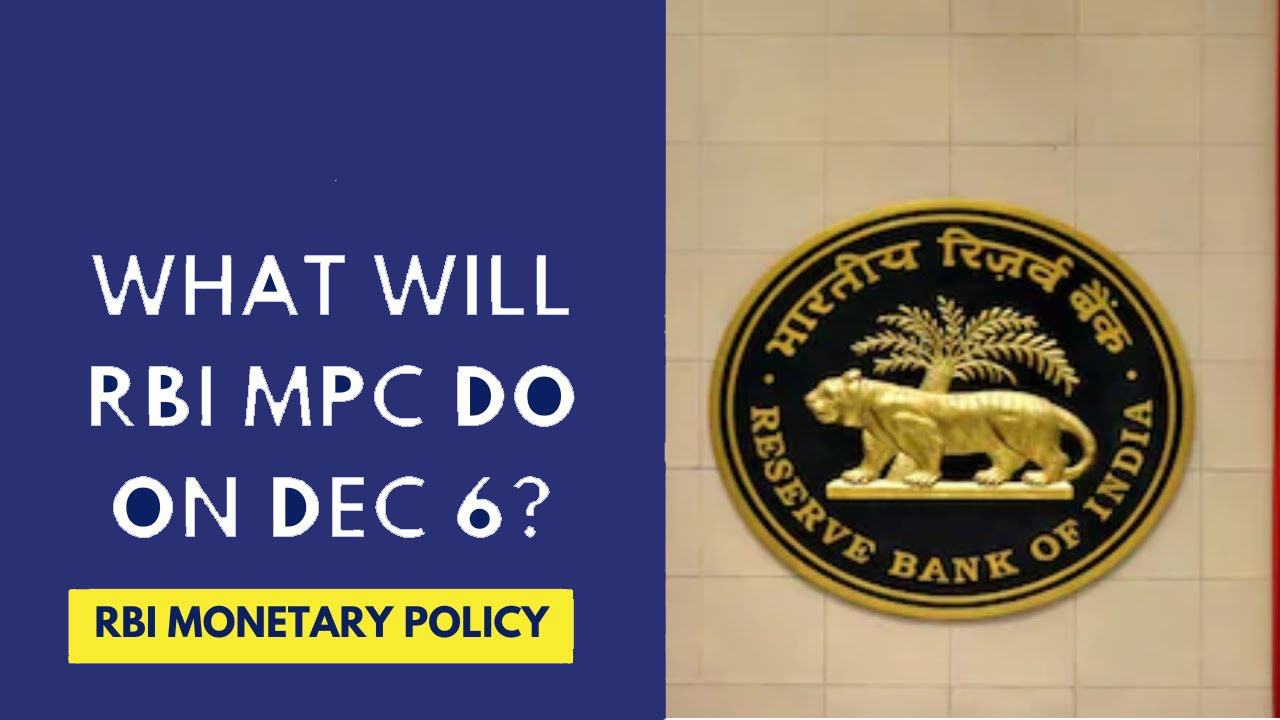
The Reserve Bank of India (RBI) is set to unveil its bi-monthly monetary policy decision on December 6, 2024. Market analysts and economists are keenly awaiting the outcome, with a particular focus on the potential for a reduction in the repo rate and the cash reserve ratio (CRR).
Nomura’s Prediction: A Double Cut?
Global investment bank Nomura has made a bold prediction, anticipating a 25 basis point (bps) cut in the repo rate and a reduction in the CRR. If realized, this would mark a significant shift in the RBI’s monetary policy stance, signaling a potential easing of credit conditions in the Indian economy.
Repo Rate: The Lending Benchmark
The repo rate is the interest rate at which commercial banks borrow funds from the RBI. A lower repo rate encourages banks to lend more money to businesses and consumers, thereby stimulating economic activity.
CRR: The Liquidity Buffer
The CRR is the portion of deposits that banks are required to maintain with the RBI in the form of liquid assets. A lower CRR frees up more funds for banks to lend, potentially boosting credit growth.
Why the Expectations for a Rate Cut?
Several factors have led to the anticipation of a rate cut:
- Moderating Inflation: While inflation has been a concern for the RBI, recent data suggests that it is gradually easing, providing some room for monetary policy relaxation.
- Slowing Economic Growth: India’s economic growth has shown signs of deceleration, prompting calls for measures to revive growth momentum.
- Global Economic Uncertainties: The global economic outlook remains clouded by geopolitical tensions and potential recessionary risks in major economies, which could impact India’s growth prospects.
Potential Impact of a Rate Cut and CRR Reduction
A rate cut and CRR reduction could have the following implications:
- Lower Borrowing Costs: Reduced interest rates would make it cheaper for businesses and individuals to borrow money, stimulating investment and consumption.
- Boost to Economic Growth: Increased credit availability could fuel economic activity, leading to higher GDP growth.
- Positive Impact on Equity Markets: Lower interest rates could attract foreign investment into Indian equities, potentially boosting stock market indices.
- Potential for Currency Depreciation: A rate cut could weaken the Indian rupee, as it could make Indian assets less attractive to foreign investors.
The RBI’s Balancing Act
While a rate cut and CRR reduction could provide a much-needed boost to the economy, the RBI must also consider the potential inflationary risks. If inflation picks up again, the central bank may need to reverse its easing stance.
Final Thought
The RBI’s monetary policy decision on December 6 will be closely watched by market participants and policymakers alike. While Nomura’s prediction of a double cut is a significant development, the final decision will depend on the evolving economic landscape and the RBI’s assessment of risks and opportunities.

